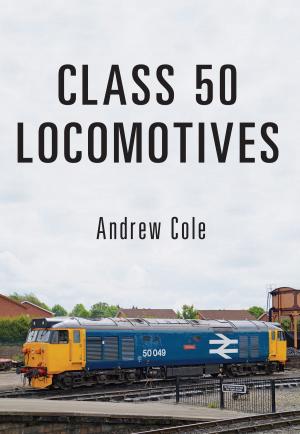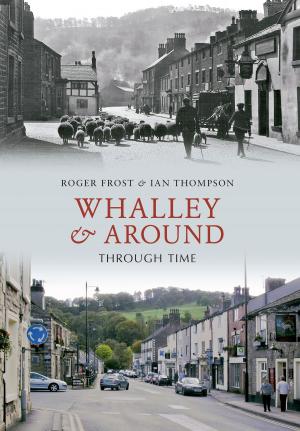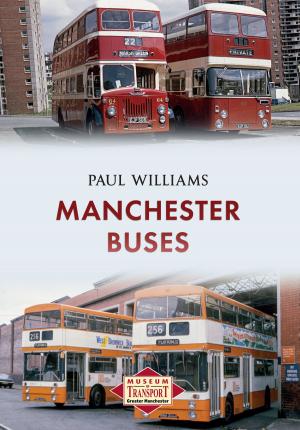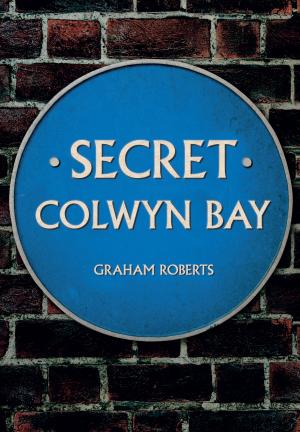| Author: | Ken Gibbs | ISBN: | 9781445625812 |
| Publisher: | Amberley Publishing | Publication: | September 15, 2012 |
| Imprint: | Amberley Publishing | Language: | English |
| Author: | Ken Gibbs |
| ISBN: | 9781445625812 |
| Publisher: | Amberley Publishing |
| Publication: | September 15, 2012 |
| Imprint: | Amberley Publishing |
| Language: | English |
The Great Western Railway (GWR) was founded in 1833 and would connect London to the West. It was engineered by the famous Isambard Kingdom Brunel and was known to many as 'God's Wonderful Railway'. Here is the story of how it grew. Ken Gibbs traces the GWR's history from the very beginning. He describes the canals that existed in the approximate area eventually covered by the Great Western Railway, and their fate as the railway developed. He then examines the tramroads and plateways that existed in the area fed by the canals, the mining, quarrying, iron working, and commercial interests as the Industrial Revolution spread, accompanied by the Great Western Railway. The final section looks at the only real opposition to the Great Western: the existing and new railway companies that became targets for takeover as the Great Western expanded its hold and its territory. With Nationalisation in 1947, the GWR's independence ended. All the struggles with canals, plateways, tramroads and other railway companies were now confined to the history books and the memories of the reducing numbers who knew the Great Western Railway as it was at the height of the steam years.
The Great Western Railway (GWR) was founded in 1833 and would connect London to the West. It was engineered by the famous Isambard Kingdom Brunel and was known to many as 'God's Wonderful Railway'. Here is the story of how it grew. Ken Gibbs traces the GWR's history from the very beginning. He describes the canals that existed in the approximate area eventually covered by the Great Western Railway, and their fate as the railway developed. He then examines the tramroads and plateways that existed in the area fed by the canals, the mining, quarrying, iron working, and commercial interests as the Industrial Revolution spread, accompanied by the Great Western Railway. The final section looks at the only real opposition to the Great Western: the existing and new railway companies that became targets for takeover as the Great Western expanded its hold and its territory. With Nationalisation in 1947, the GWR's independence ended. All the struggles with canals, plateways, tramroads and other railway companies were now confined to the history books and the memories of the reducing numbers who knew the Great Western Railway as it was at the height of the steam years.















